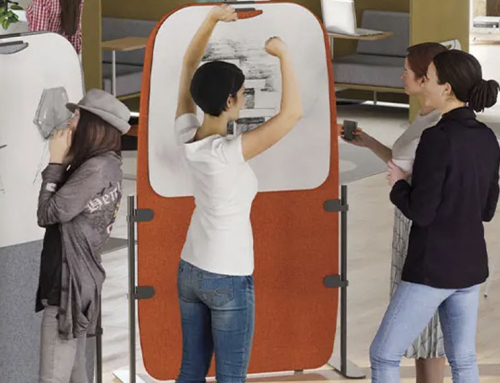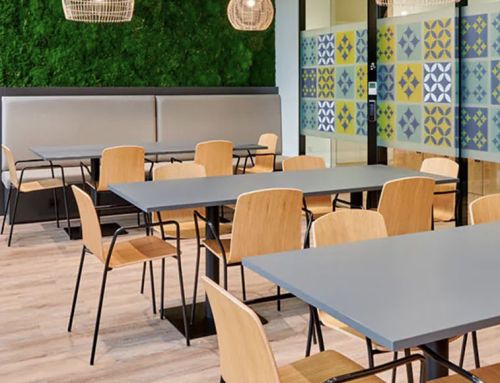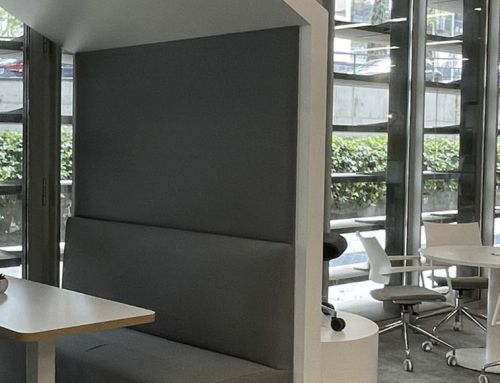After smart phones, smart TVs and smart kitchen robots, it is now the turn of smart working, a term that has become part of our vocabulary and is often confused with teleworking.
The pandemic has accelerated remote working, but the truth is that the rise of offshoring was a growing reality before the confinements. In a March 2019 post in which we talked about “nomadic workers” we already shared that, according to some research, by 2035 some 1 billion people in the world will be working away from their place of work. Are all teleworkers “smart professionals”?
Smart Work is actually much more than working from home.
What is the meaning of Smart Working?
It is not just working in a place other than the office. This model of working relationship combines teleworking with new technologies to offer the worker all the possible tools to carry out his or her work.

More than working from home
The main difference between Smart Working and teleworking is that “smart working” provides the employee with the necessary resources to carry out the work completely autonomously. Both technological and organisational resources.
This concept refers to a business culture based on trust and empowerment; on meeting targets and flexible working, as opposed to the traditional work model that linked employee performance to a certain number of hours in a specific job.
Smart Work abandons obsolete ideas such as control to focus on what is relevant: people, ideas and results. It focuses on four concepts: culture, space, technology and people.
Going to work no longer means being in an office. It is a different relationship between employee and company that involves new opportunities, and which proposes new ways of managing people and a working relationship far removed from presenteeism.
The smart workspace
Employees working in this type of model are teleworkers; they freely decide where they want to work from. It can be a hotel, their home or “the third space”, for example, and they can work from a different place each time. Nor do they have to keep to a timetable. Smart Working is the ultimate representation of real work flexibility and “work when and where you want“.
It is the task that matters, not the place where it is done. Different projects require different spaces and different colleagues, and the office becomes the ideal space for collaboration.

If we can work from anywhere, why go to the company? To collaborate with others, no more and no less, as we argued in a previous post, when we talked about “hybrid offices” and “liquid workers“.
Smart professionals are therefore delocalised employees. Both freedom of working hours and offshoring are only possible because the employee’s work is linked to specific objectives. As long as they meet them, the employment relationship with the company will flow smoothly.
Technology and digitalisation, the keys to Smart Working
Among the advantages of remote working, benefits associated with work-life balance and savings in travel costs, time and resources are highlighted, but it can also be a source of problems when the teleworker does not have the necessary technological tools to be able to carry out his or her activity efficiently and independently.
The digitalisation of companies as well as remote access to information and projects are essential for both individual tasks and teamwork.
Disadvantages of Smart Working
One of the main drawbacks of this way of understanding work is isolation. Our DNA is social, which is why in today’s offices, collaborative spaces are more important than individual use. Smart workers go there when they need that contact that makes them feel part of a project.





